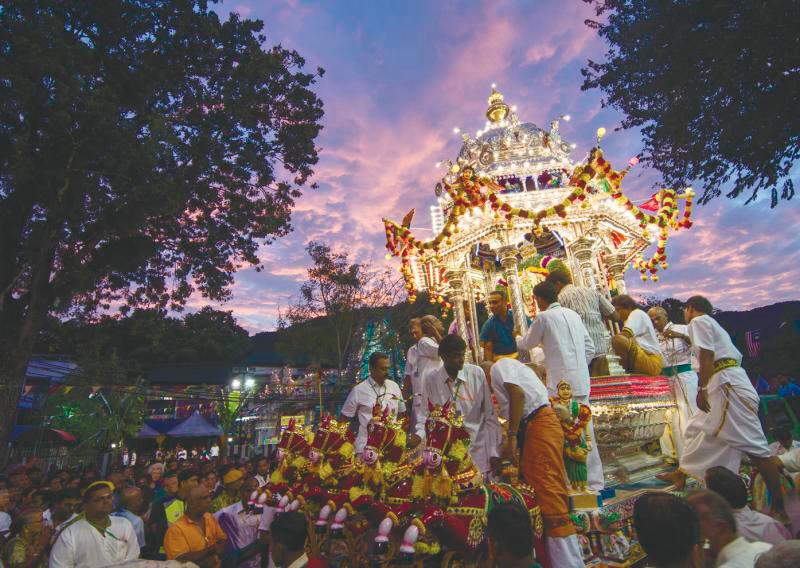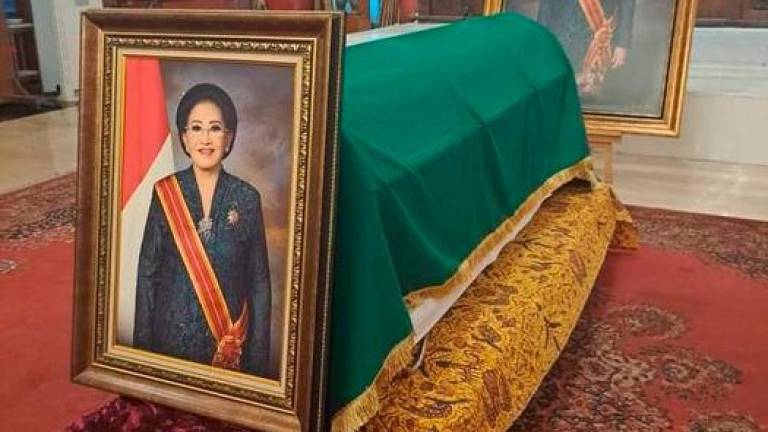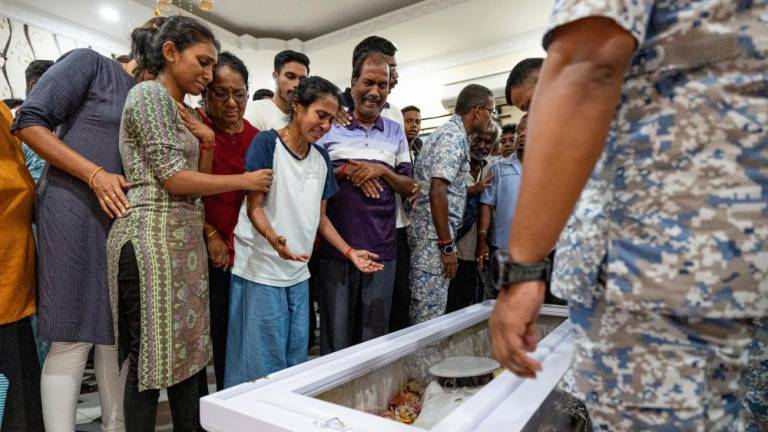THE Hindus celebrate Thaipusam, a significant holiday, on the full moon of the Tamil month of Thai (January-February). The month’s name, Thai, and a star’s name, Pusam, are combined to form the phrase Thaipusam. The Hindu festival of Thaipusam honours Murugan, the son of Shiva and Parvati. Kartikeya, Subramaniam, Sanmukha, Shadanana, Skanda, and Guha are other names for Murugan.
The goddess Parvati is said to have given Lord Murugan a spear on this day to aid him in defeating Tarakasura’s army of demons and putting an end to their bad actions. Thaipusam commemorates the triumph of good over evil as a result. Lord Murugan devotees place a great deal of emphasis on the Vel. Silver, gold, lead, copper, and iron are the five metals that make up the Vel, which is said to be able to absorb all negative energy, spread positivity, and destroy all dangerous energies.
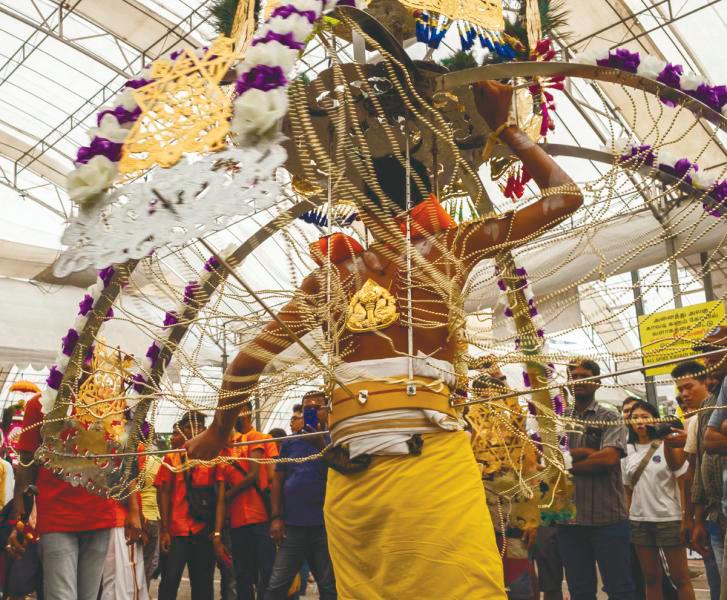
The shape of the Vel, which has a broad head that narrows to a point at the tip, represents the breadth and depth of our mind. The sharp tip suggests how we should apply our knowledge with tact. Hinduism is more approachable because of the way the gods are portrayed, which is not simply based on imagination but also has symbolic importance.
In several states of Malaysia, Thaipusam is observed as a public holiday. It is celebrated fervently anywhere there are major Tamil ethnic communities, not just in our country. Months before Thaipusam, devotees start making extensive preparations and putting themselves through a rigorous ritual. In order to prepare themselves for the rigours of the ritual, believers purge their minds and bodies of impurities through a mix of fasting, dieting, and prayer. A common kind of giving during Thaipusam is the Paal Kudam (Milk Offering). This is the most basic version that will be conducted by the devotees on Thaipusam.
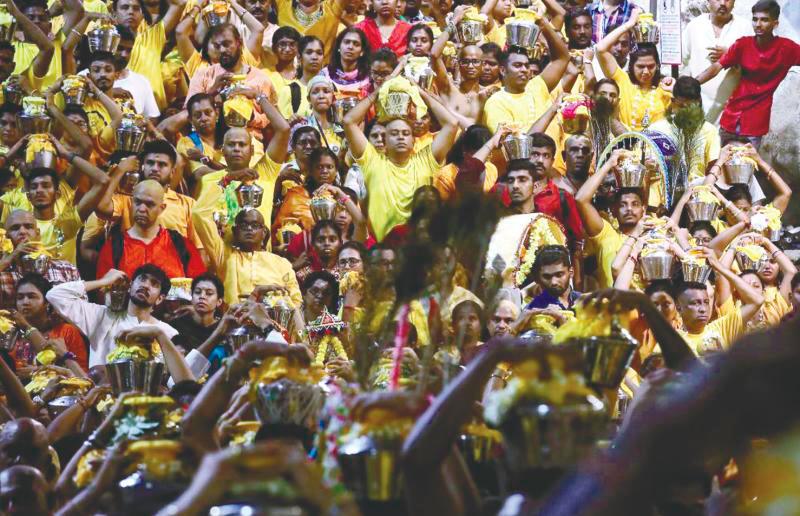
The Paal Kudam refers to carrying paal (milk) in a kudam (vessel in the shape of a pot) on one’s head to be given to Lord Murugan. The priest would next use this milk to perform Paal Abhishegam. The individuals who take part in the festivities conduct the “burden dance”, or Kavadi Attam, as they carry sacrifices to their god. By putting their endurance to the test, devotees may show how strong their faith is through the Kavadi Attam.
According to a proverb, only those who are meant to do so would be able to deliver a Kavadi to Lord Murugan. More than any other gift, the Kavadi is regarded as the most auspicious and meticulous offering to Lord Murugan. In addition to carrying a gift for the gods, the Kavadi’s bearer views the entire object as his personal shrine. Some devotees carry heavy carts via hooks fastened to their bodies, while others would puncture the skin on their backs with hooks from which they hang milk bottles. Many people also use skewers to puncture their lips and cheeks as a memento of the spear Parvati gave him.
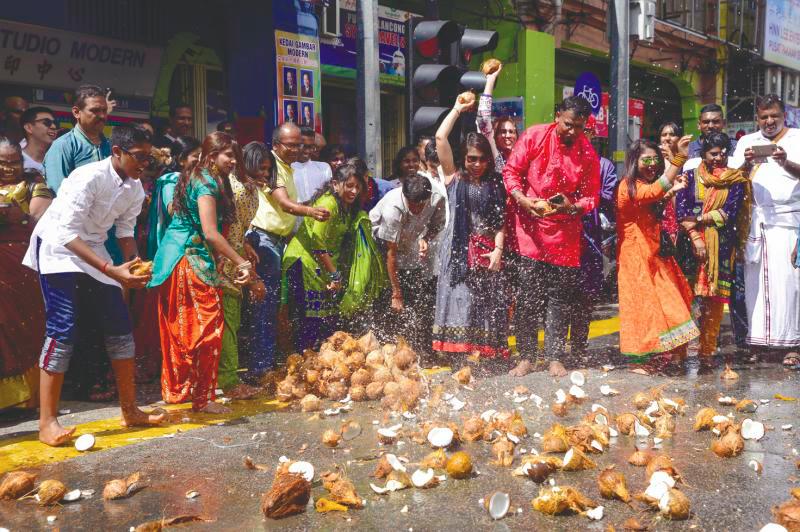
The constant drumming and chanting of “vel vel shakti vel” during such piercing causes the majority of devotees to go into a trance. The followers who go to such lengths claim they are in a spiritual and devotional trance that makes them feel no pain and draws them nearer to Lord Murugan.
The largest temple in the nation, Batu Caves, is based in a limestone outcrop made up of a series of caves and is situated 13km north of Kuala Lumpur. You won’t want to miss the challenging climb up the 272 rainbow steps leading to the cave temple.
Take heed that there will be an almost overwhelmingly huge crowd if you intend to visit Batu Caves during Thaipusam. But since most individuals act decently, everything unfolds in a systematic way. Simply follow the flow, be patient, and pay attention to your surroundings.



